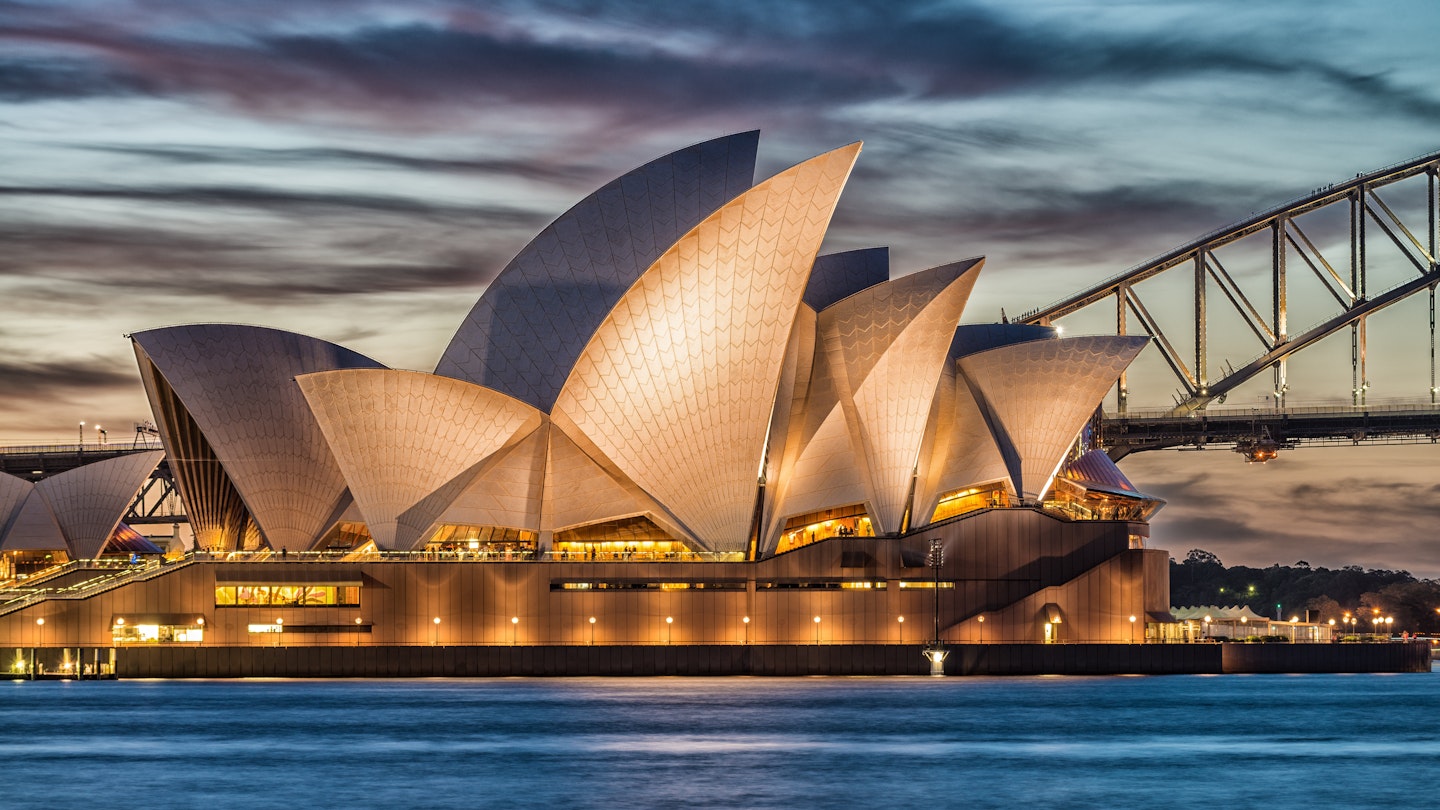Summary
Qantas is moving forward with plans to launch more direct ultralong-haul flights from the United States and the United Kingdom to Australia.
The project, dubbed Project Sunrise, is Qantas’ goal to operate regular, non-stop commercial flights from Brisbane, Sydney, and Melbourne to London and New York. The Australian carrier aims to build on the success of existing long-haul services now that Australia’s borders are open and the demand for travel is increasing.
Qantas currently operates direct flights from Sydney, Melbourne, and Brisbane to Los Angeles and Dallas, but not to New York on the other side of the country. It also offers a 17-hour nonstop service from London to Perth, and one to Darwin in Northern Territory—but none to any cities on the east coast.

Now, Qantas is preparing to take Project Sunrise off the ground and connect more international passengers after announcing that it ordered 12 Airbus A350-1000s for its flights. These planes will be “capable of flying direct from Australia to any other city” in the world.
The first service is set to launch at the end of 2025, crossing 15 time zones as Qantas connects Sydney directly with New York.

What It’s Like Onboard an Ultralong-Haul Flight
Qantas CEO Alan Joyce stated that the cabin of the A350s “is being specially designed for maximum comfort in all classes for long-haul flying” and will include “wellbeing zones” for passengers to move about in the cabin.
This initiative follows an experiment from 2019, when Qantas conducted research flights to evaluate how passengers would cope on an ultralong-haul flight between New York and Sydney. The flight lasted a total of 19 hours and 16 minutes, with 49 passengers and crew onboard, including four pilots.
A series of assessments took place to determine health and well-being onboard, including monitoring pilot brain waves, melatonin levels, and alertness, along with exercise classes for passengers. Moreover, cabin lighting and in-flight meals were adjusted to reduce the effects of jet lag, according to the medical researchers and scientists working with Qantas.
Typically, night flights commence with dinner and lights turned off, however, this flight began with lunch, keeping the lights on for the first six hours to align with the time of day at the destination, thereby reducing jet lag immediately.
These innovative strategies will be implemented in the Project Sunrise flights upon their launch.
“This is a truly significant first for aviation,” emphasized Qantas Group CEO Alan Joyce when the plane landed in Sydney after a remarkable 16,200km journey.

Ultralong-Haul Flights’ Impact on the Climate Emergency
Other airlines are also incorporating ultralong-haul flights into their offerings, including Air New Zealand, which plans to connect Auckland directly with New York in September. Nevertheless, the rise of these services has stirred concerns regarding their environmental impact.
While Qantas asserts that the new aircraft will be 25% more fuel-efficient compared to previous models and will deliver “major improvements in emissions,” climate advocates remain skeptical, particularly as long-haul flights currently generate the largest proportion of aviation emissions.
Dr. Tony Webber, a former chief economist at Qantas who currently leads the Airline Intelligence Research group, expressed concerns in an interview with The Guardian, stating that these flights demand significant fuel amounts to remain airborne for extended periods.
“It’s accurate that reducing four movements—a takeoff and landing for each leg—means less fuel is consumed, however, for a plane to sustain 20 hours of flight without refueling implies it must carry an enormous fuel load.”
“That additional fuel adds weight, necessitating more fuel consumption overall for transport. This presents a real inefficiency compared to flights that can offload weight and refuel during layovers,” Webber pointed out.
This article was first published on October 20, 2019, and updated on May 3, 2022.




